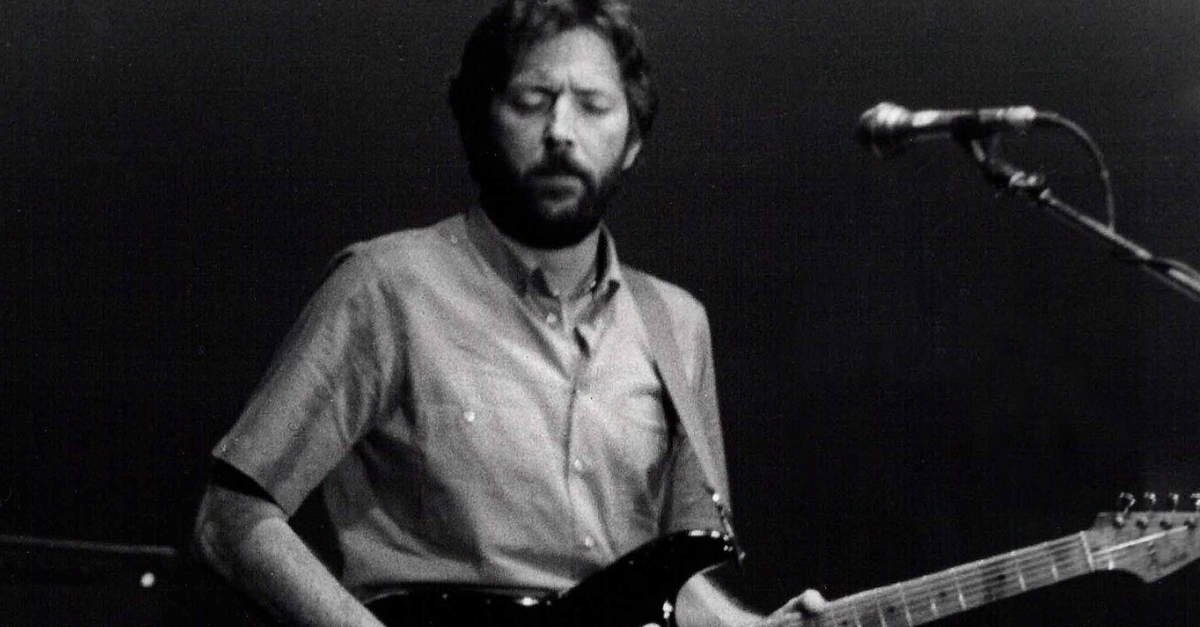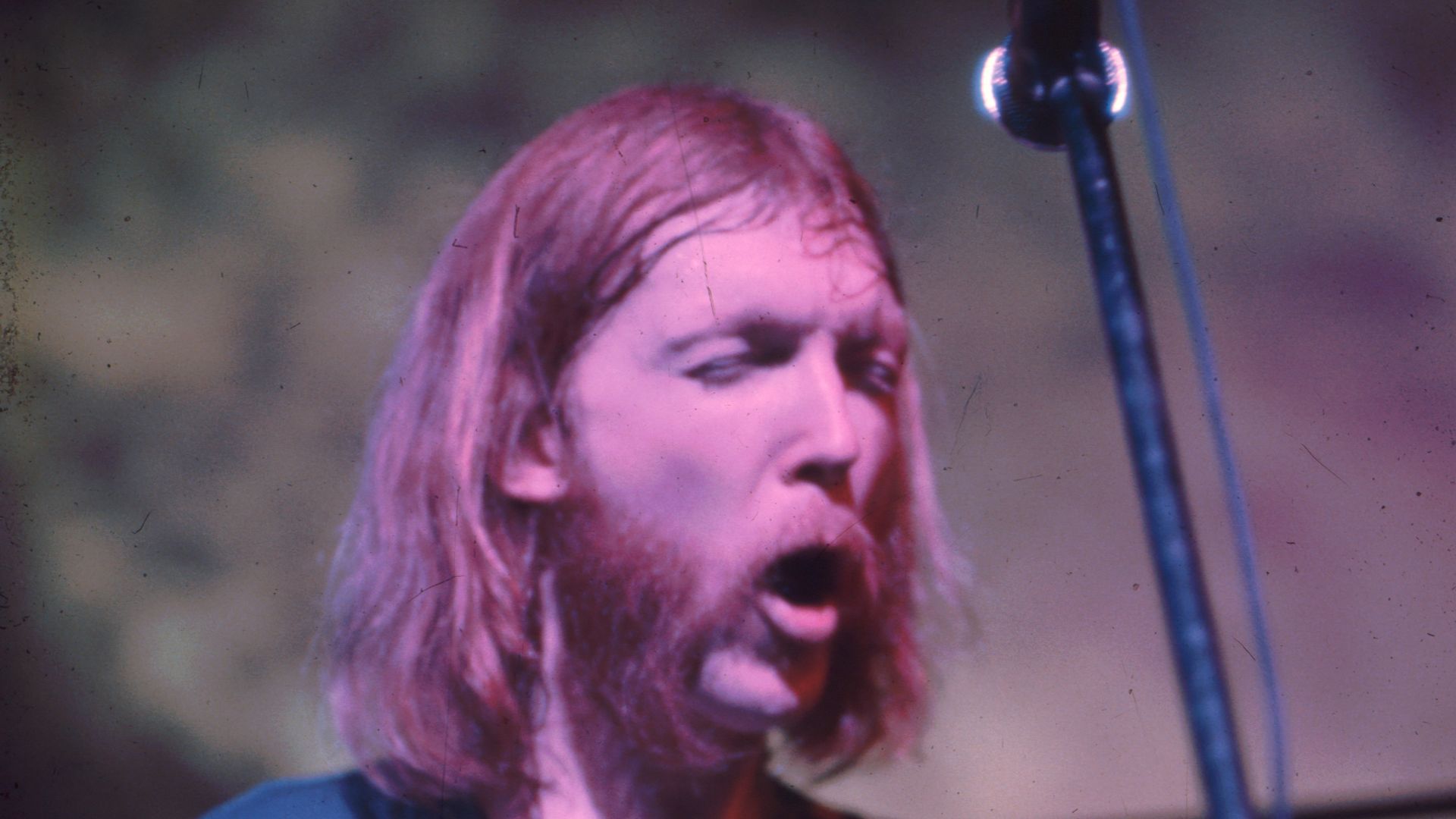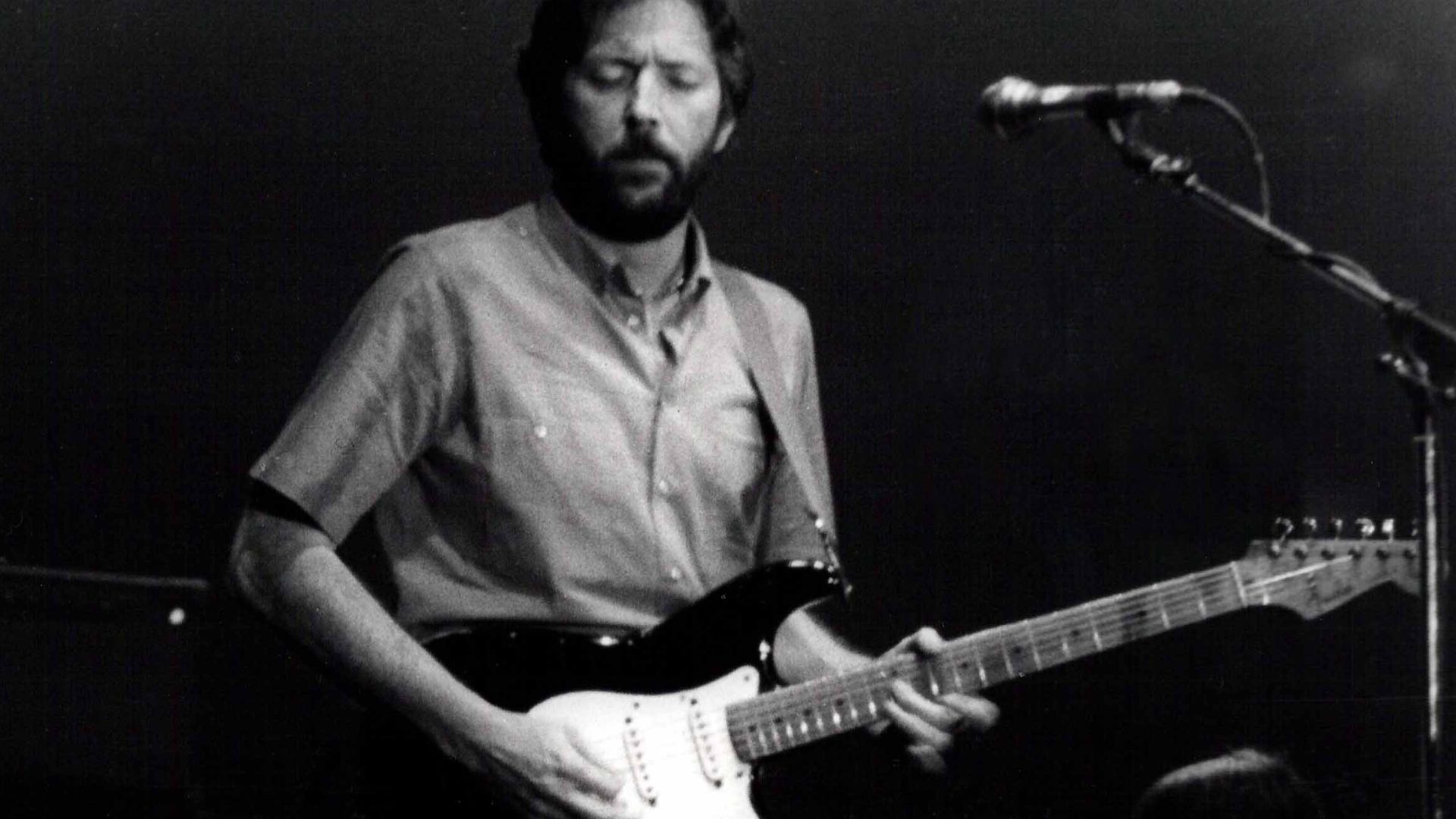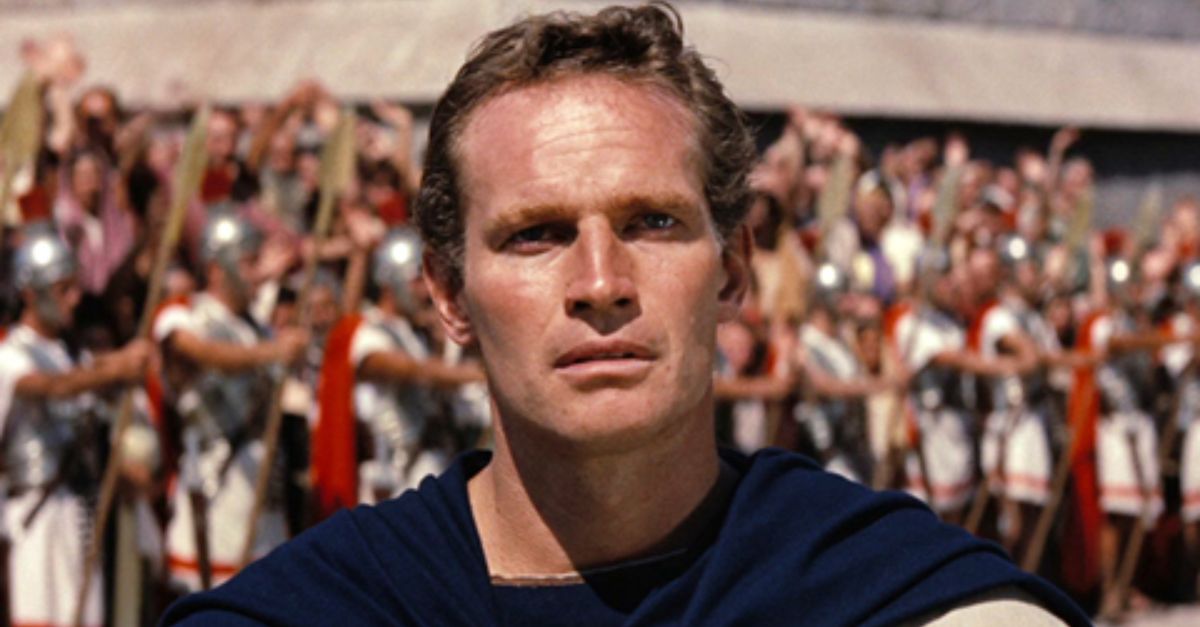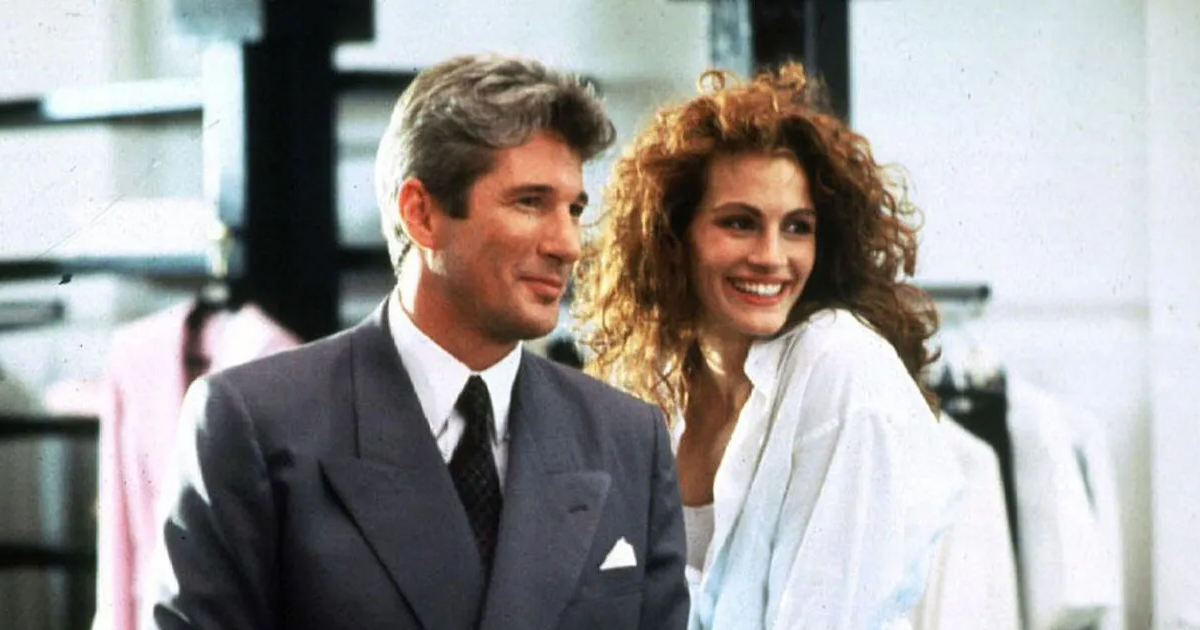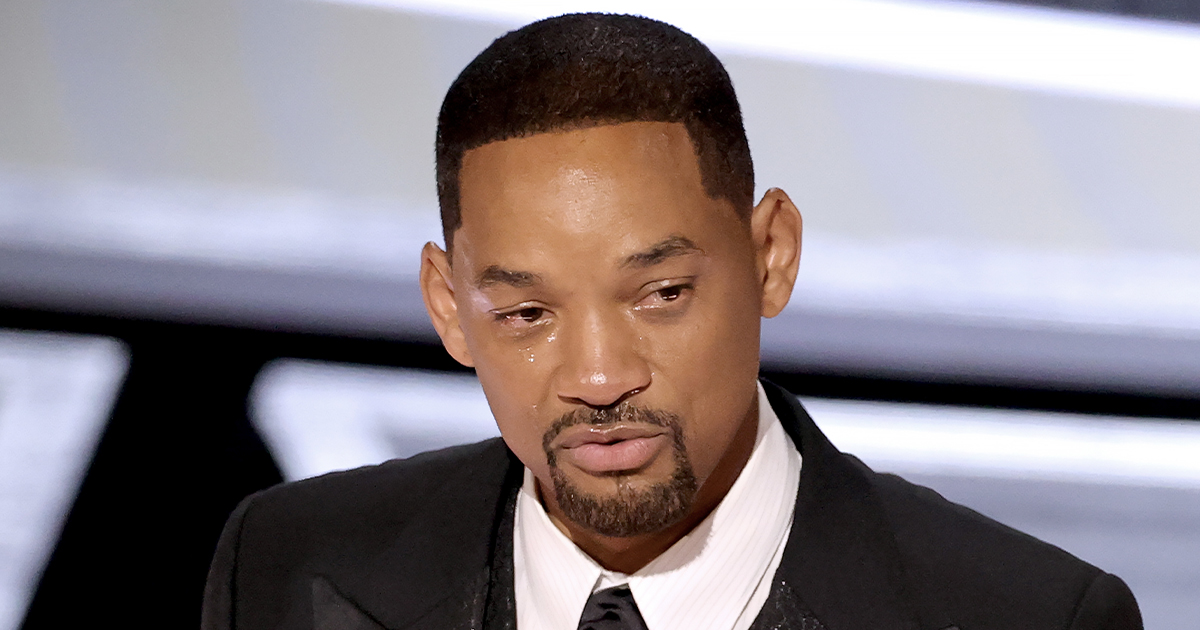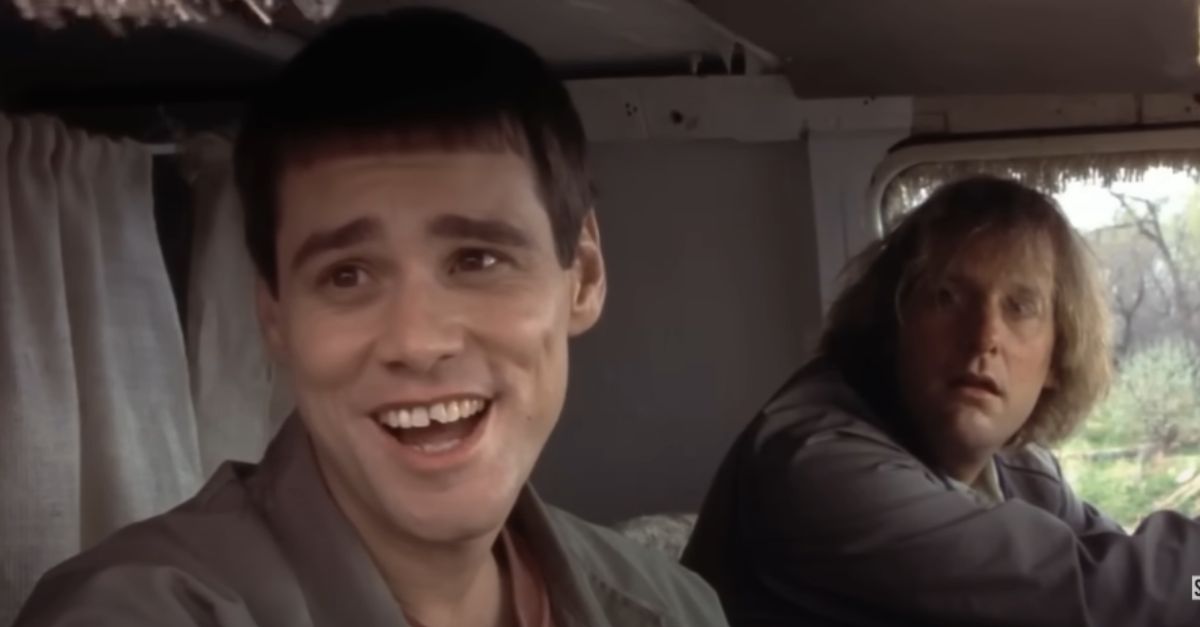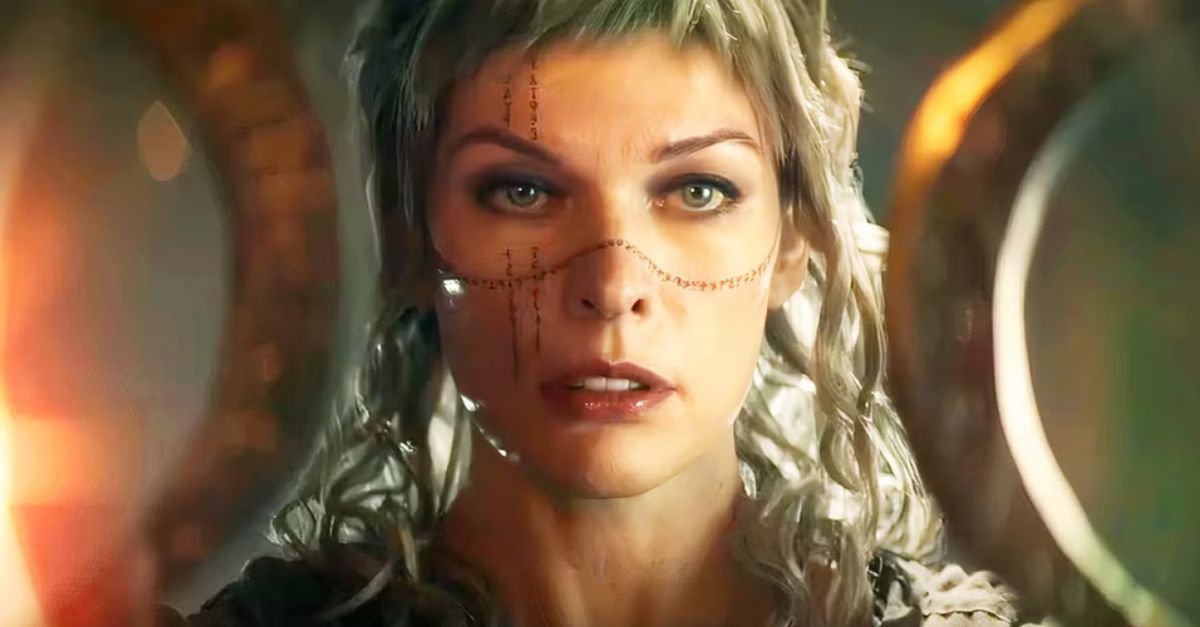When Rock Love Triangles Write Better Scripts Than Hollywood
For all the mythmaking rock musicians do, sometimes the drama writes itself. In the late 1960s, a model named Pattie Boyd somehow became the gravitational center of two of the greatest guitarists of the century. George Harrison was her husband, Eric Clapton was his best friend, and somewhere in the middle sat a love story that was about to get loud. What followed was heartbreak, obsession, hopeless longing—and “Layla”, one of rock’s most explosive masterpieces.

The Guitar Gods Who Actually Got Along
Before the complications kicked in, Clapton and Harrison were simply two friends sharing riffs. Harrison invited Clapton into the Beatles’ inner sanctum during the “While My Guitar Gently Weeps” sessions, and the two developed a bond built on admiration, talent and an alarming number of identical shirts. Their friendship was genuine—but unfortunately for both men, so was Clapton’s growing crush.
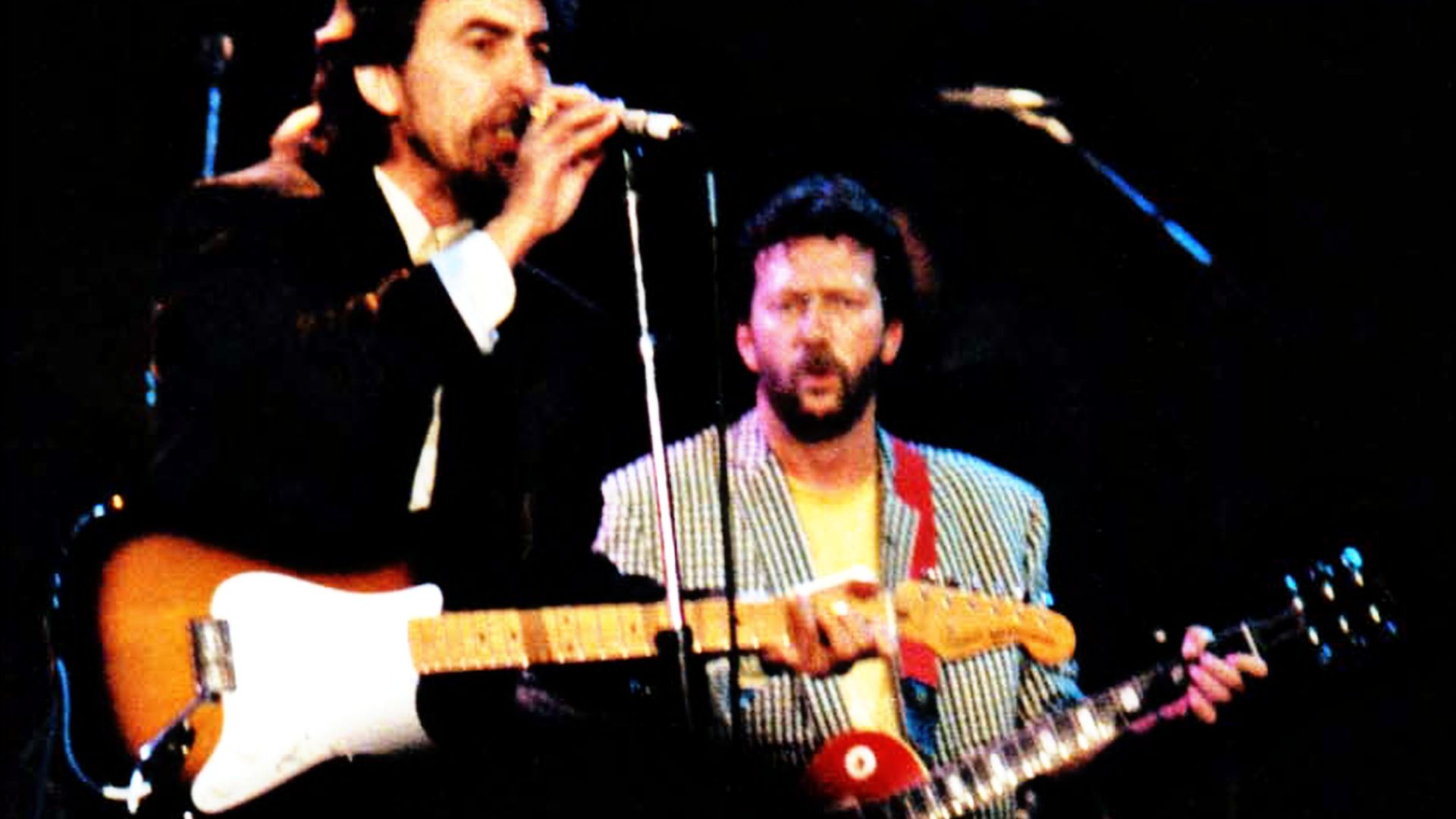 Harrison and Clapton.jpg: Steve Mathieson derived work: Clusternote, Wikimedia Commons
Harrison and Clapton.jpg: Steve Mathieson derived work: Clusternote, Wikimedia Commons
Pattie Boyd Marries A Beatle
Boyd and Harrison married in 1966 after meeting on a film set. She was one of the era’s most recognizable faces, and Harrison—who had only recently become comfortable with fame—was completely smitten. To Clapton, who admired both of them, the marriage looked like a fairy tale he had been invited to watch but not change.
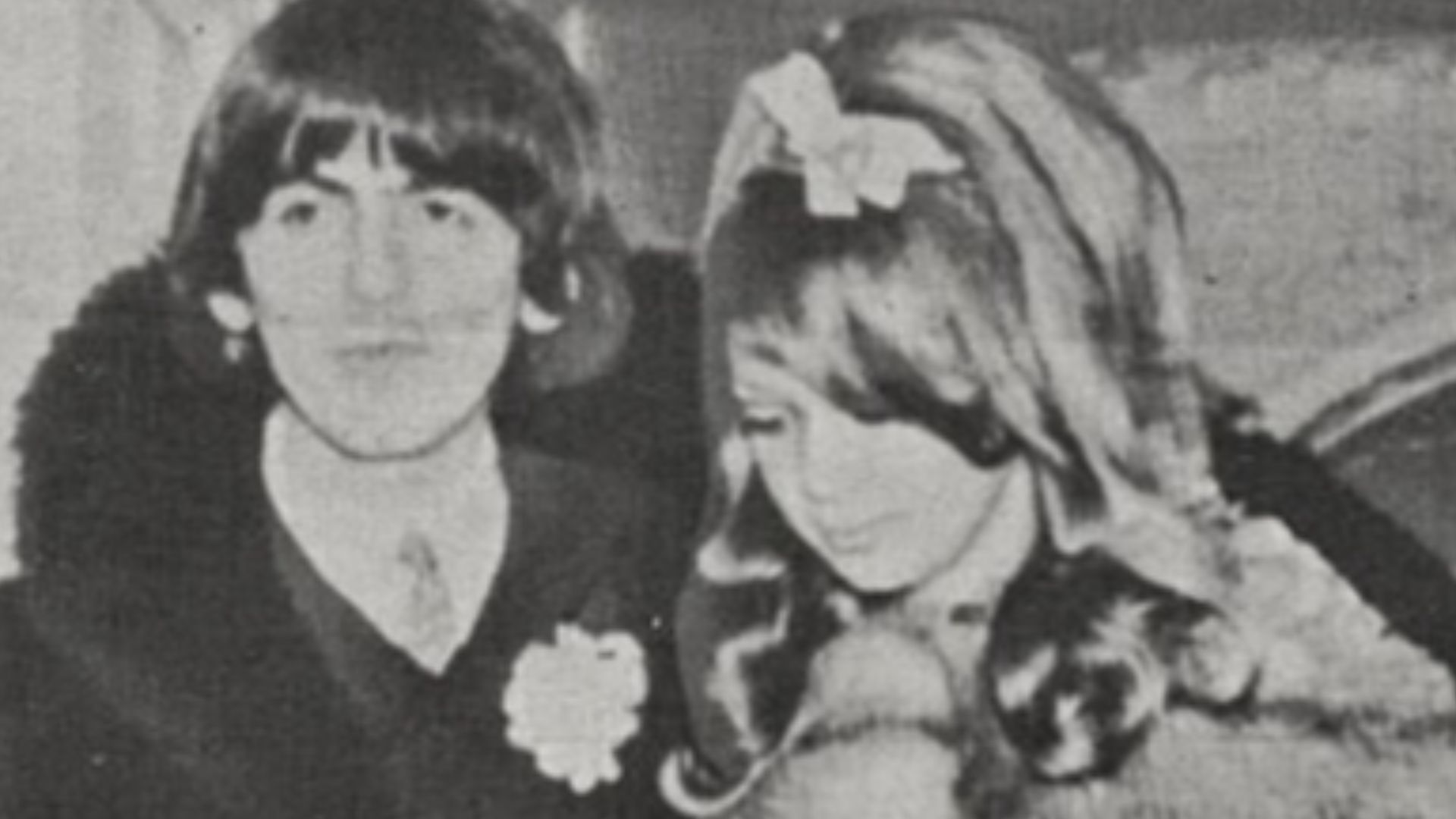 Unknown author, Wikimedia Commons
Unknown author, Wikimedia Commons
Clapton Falls Quietly, Then Not Quietly
Clapton tried ignoring his feelings. He tried distracting himself. He tried being an adult. None of it worked. His infatuation simmered long enough to become the kind of obsession that eventually grows teeth. When he could no longer pretend indifference, he did the next logical thing for a musician on the verge of heartbreak: he turned it into a song.
 Chris Hakkens, Wikimedia Commons
Chris Hakkens, Wikimedia Commons
The Ancient Poem That Gave Him Permission
Clapton found a strange sense of solidarity in the Persian tale of “Layla and Majnun”, a story about a man driven mad by unreturned love. It was dramatic, tortured, romantic and just unhinged enough that Clapton thought, Yes, this is relatable. The parallels between the ancient legend and his own situation became the creative blueprint for something monumental.
 Arie m den toom, Wikimedia Commons
Arie m den toom, Wikimedia Commons
Recording “Layla”
With Derek and the Dominos, Clapton began crafting “Layla”. The early sessions were loud, frenetic and fueled by emotional combustion. The architecture of the song—fiery intro, anguished verses, eventual collapse into a piano coda—felt like a diary entry disguised as a war cry. It was the world’s most melodic breakdown.
 Atco Records, Wikimedia Commons
Atco Records, Wikimedia Commons
How It Became A Musical Detonation
The studio erupted into layered guitars and improvisation that felt like a live wire. Duane Allman’s slide guitar became the sonic engine, while drummer Jim Gordon supplied the piano coda that sounded like a heart trying to steady itself after sprinting. Every part of the song radiates desperation.
A Love Letter Hidden In Plain Sight
“Layla” wasn’t subtle. It wasn’t even trying to be. Clapton was essentially pleading for Boyd to leave Harrison, framing his longing as destiny. Fans thought it was poetry; the three people at the center of it knew it was something else entirely.
 RSO Records, Wikimedia Commons
RSO Records, Wikimedia Commons
Harrison Feels The Rumblings
Even without being told, Harrison sensed the shift. Friends noticed tension between the two guitarists, and stories emerged of musical showdowns—informal, but emotionally charged. One might describe it as a duel, though the tools were guitars and uncomfortable eye contact.
 David Hume Kennerly, Wikimedia Commons
David Hume Kennerly, Wikimedia Commons
Boyd Leaves Harrison
By the mid-1970s the cracks in Harrison and Boyd’s marriage widened for reasons far beyond Clapton. Boyd eventually left in 1974, divorced Harrison in 1977, and married Clapton in 1979. From the outside it looked like Clapton had “won”. Inside the marriage, things were already unraveling.
Addiction Moves In
Clapton’s obsession didn’t end when he got the girl. His struggles with substances and alcoholism intensified, creating a marriage defined by volatility. The very pursuit that consumed him now threatened to consume everything else, including his health.
Peace Becomes A Luxury Item
While Clapton was celebrated publicly, privately he was unraveling. The emotional intensity that fed “Layla” turned against him, leaving him exhausted, unstable and spiraling. Love didn’t soothe his turmoil; it magnified it.
Friendships Pay the Price
Though Clapton and Harrison eventually repaired their friendship to a degree, the bond was changed forever. Heartbreak has a way of rearranging people, and in this case it rearranged two of rock’s most influential figures. The trust that once flowed so easily was now rationed carefully.
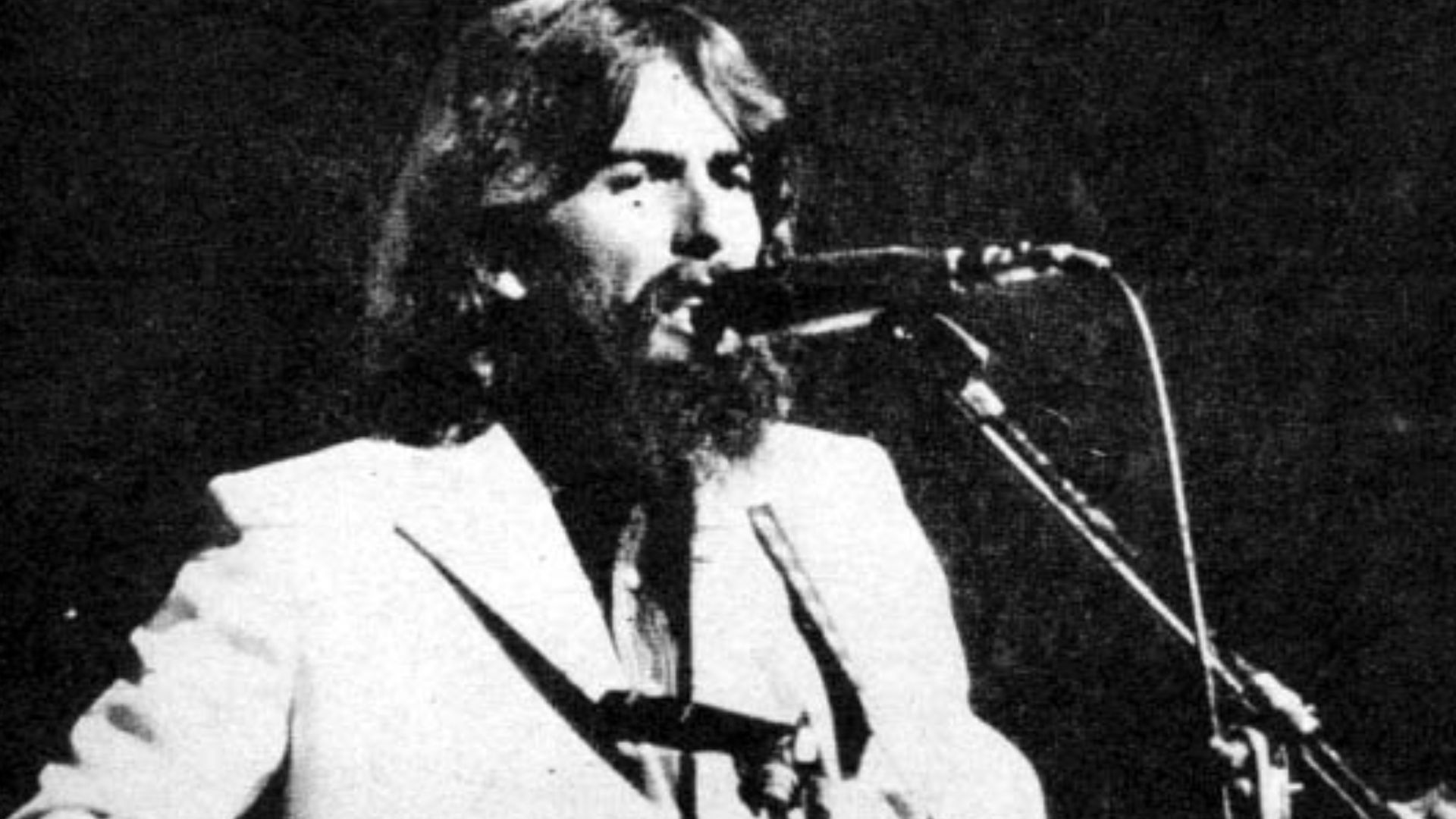 Unknown author, Wikimedia Commons
Unknown author, Wikimedia Commons
“Wonderful Tonight”: The Softer Chapter
Clapton later wrote “Wonderful Tonight” about Boyd getting ready for a party. The song is gentle, affectionate and warm—proof that their relationship wasn’t all fire and chaos. And yet, even its sweetness sits in the shadow of a marriage already on unstable footing.
 Island Records, Wikimedia Commons
Island Records, Wikimedia Commons
Winning Isn’t Always Winning
What Clapton thought he needed most turned out to be something he wasn’t equipped to handle. His addictions, affairs and emotional volatility made the marriage painful for both. Boyd herself later admitted that she believed Clapton’s desire to “win” her may have had more to do with competing with Harrison than with genuine forever-love.
 Unknown author, Wikimedia Commons
Unknown author, Wikimedia Commons
“Layla” Reborn
Decades after the original’s release, Clapton performed an acoustic version that won major awards and reintroduced the song to a new generation. Stripped back, the song revealed its bones: longing, ache and honesty. Even without the guitars, the heartbreak still screamed.
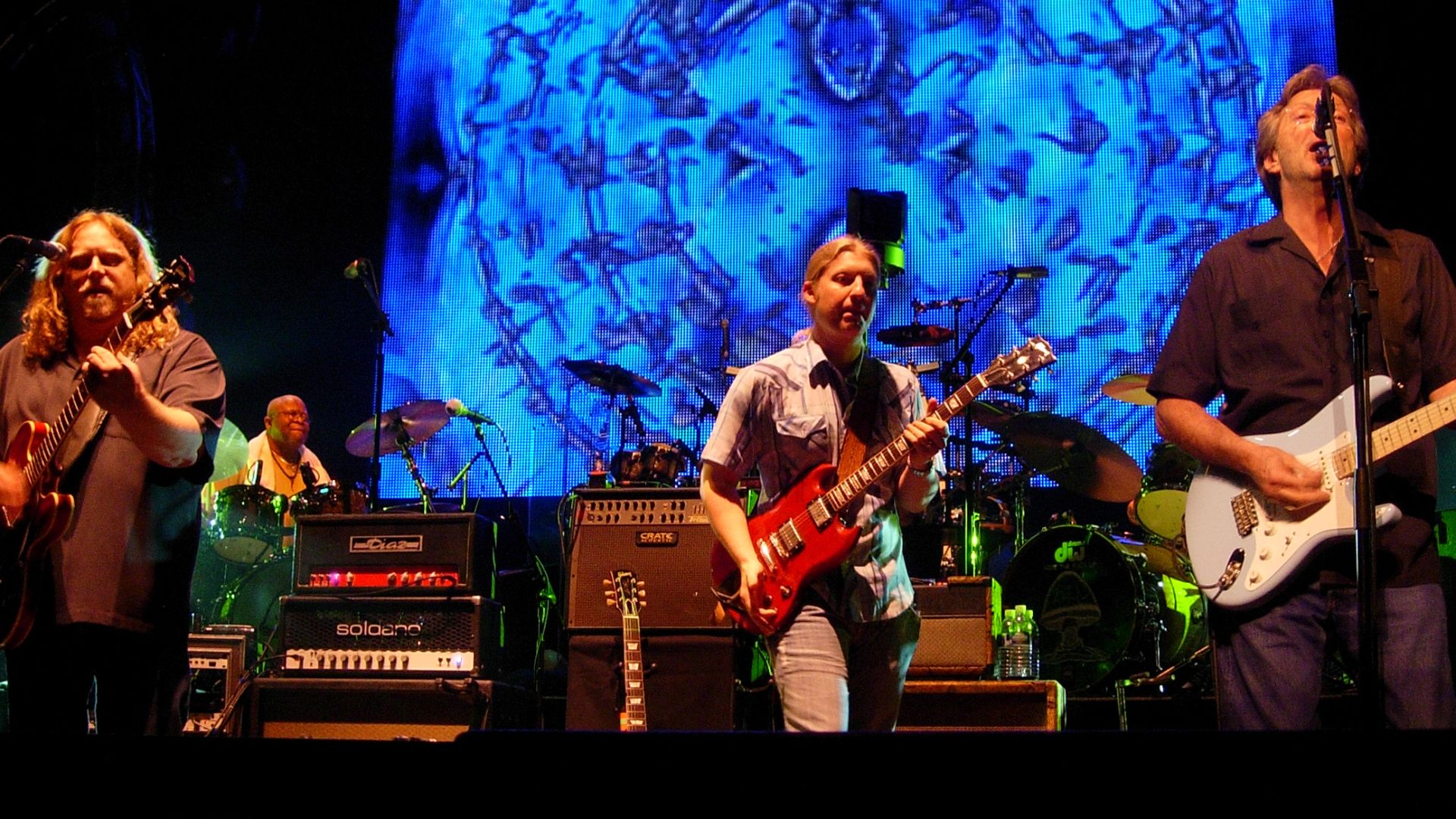 Robert Catalano, Wikimedia Commons
Robert Catalano, Wikimedia Commons
Pain As A Creative Fuel
Artists often channel desperation, but rarely does it result in something this seismic. “Layla” stands as proof that emotional wreckage can sometimes alchemize into enduring brilliance. It wasn’t healthy, but it was unforgettable.
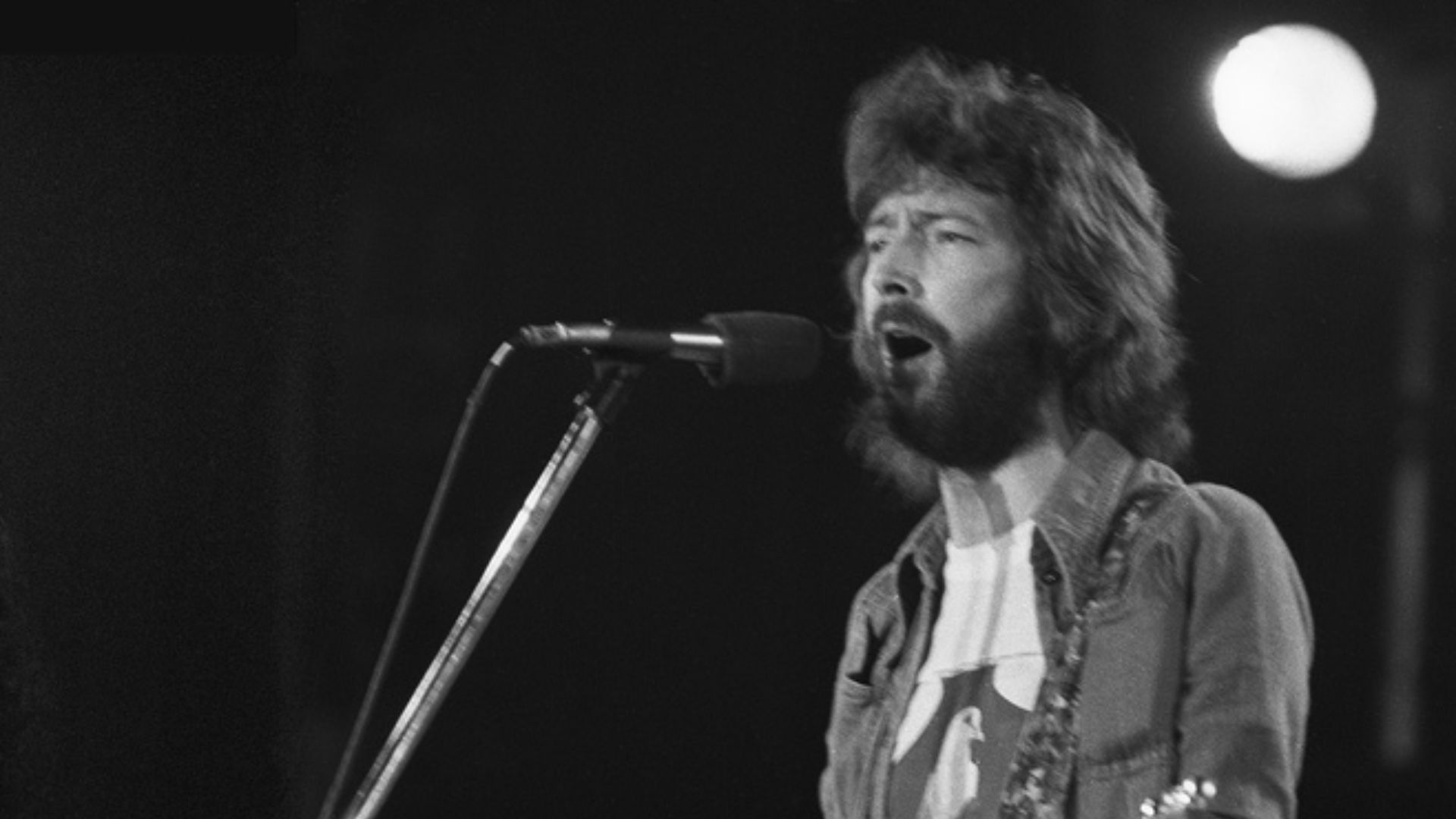 Matt Gibbons, Wikimedia Commons
Matt Gibbons, Wikimedia Commons
Boyd Shares Her Side
Boyd later reflected on the triangle with surprising calm. She recognized the intensity of Clapton’s feelings but also the chaos they produced. Her perspective adds nuance—less myth, more humanity.
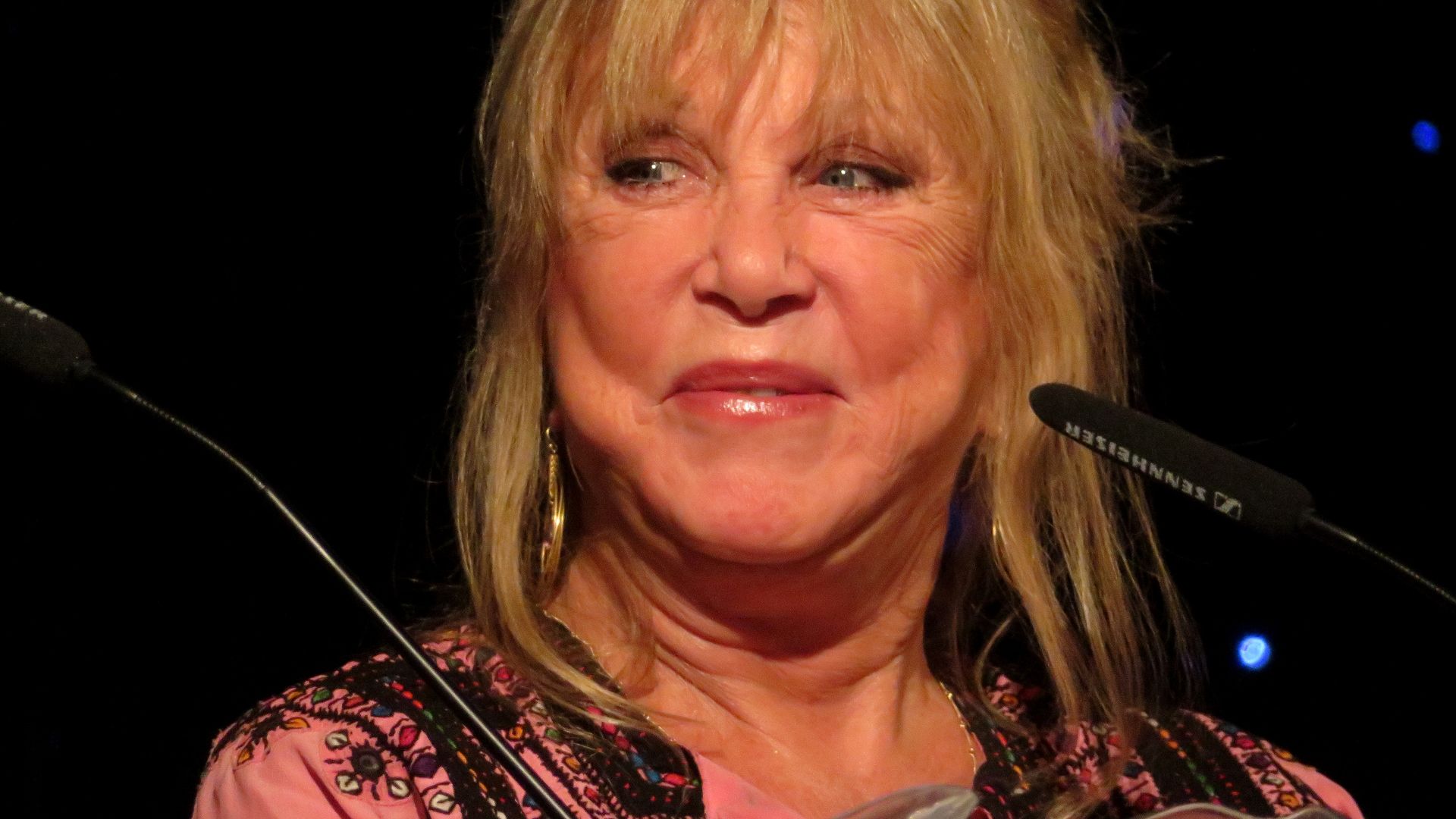 Eddie Janssens, Wikimedia Commons
Eddie Janssens, Wikimedia Commons
A Legacy Larger Than Its Creators
Today “Layla” is considered one of the greatest rock songs ever recorded. Its impact extends far beyond the real-life heartbreak that inspired it. The world hears passion; the people who lived it remember the consequences.
 Alswang, Ralph (NARA record: 10601492), Wikimedia Commons
Alswang, Ralph (NARA record: 10601492), Wikimedia Commons
The Odd Peace That Followed
Harrison attended Clapton and Boyd’s wedding, a gesture that practically deserves its own documentary. In the end the men managed a fragile but sincere reconciliation, proving that friendship, weirdly enough, can survive just about anything.
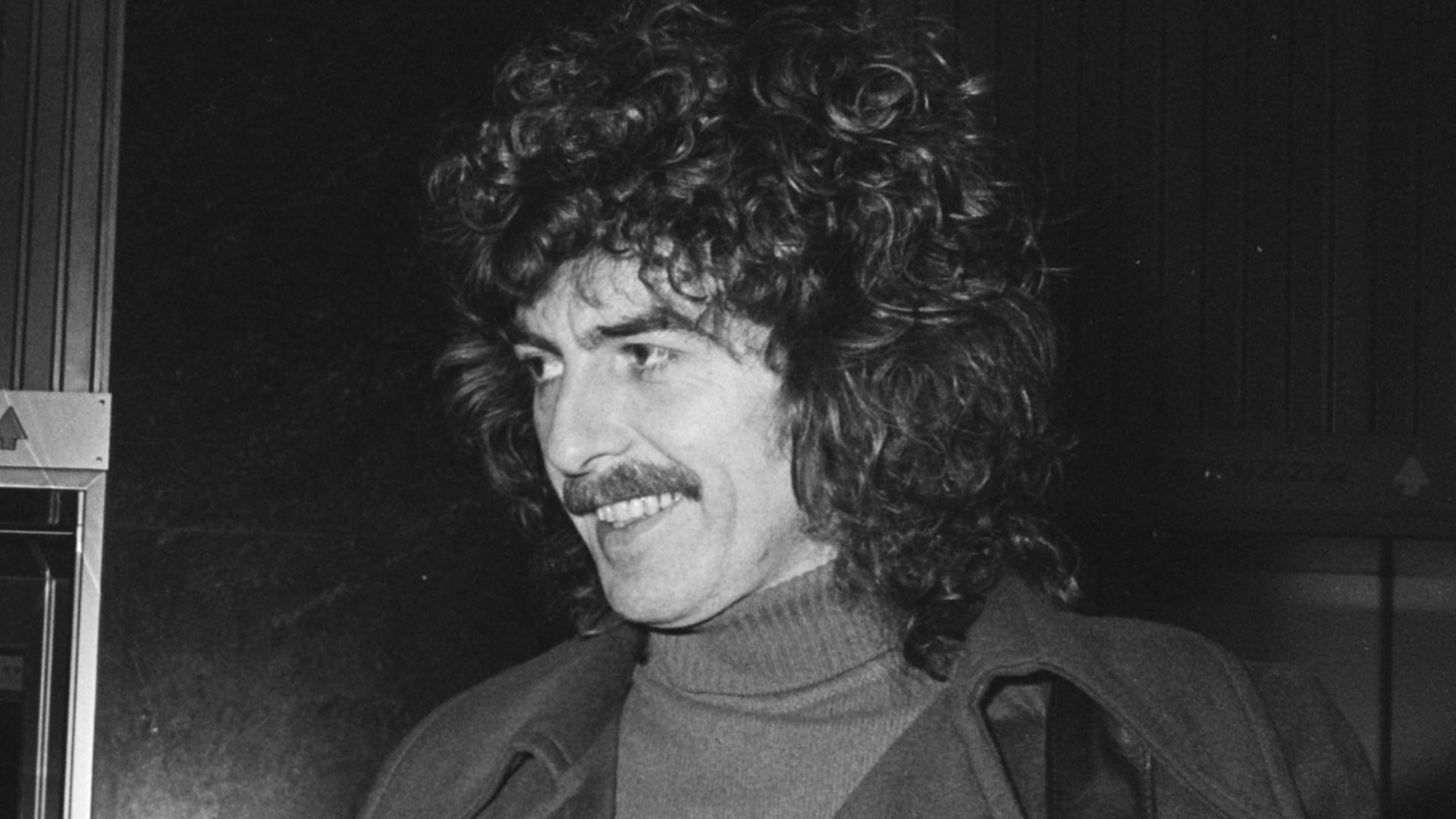 Koen Suyk (ANEFO), Wikimedia Commons
Koen Suyk (ANEFO), Wikimedia Commons
The Cost Behind The Coda
Clapton’s obsession extracted a heavy toll—friendship strained, love complicated, health endangered. Yet from the wreckage came a piece of art that outlived the chaos that created it.
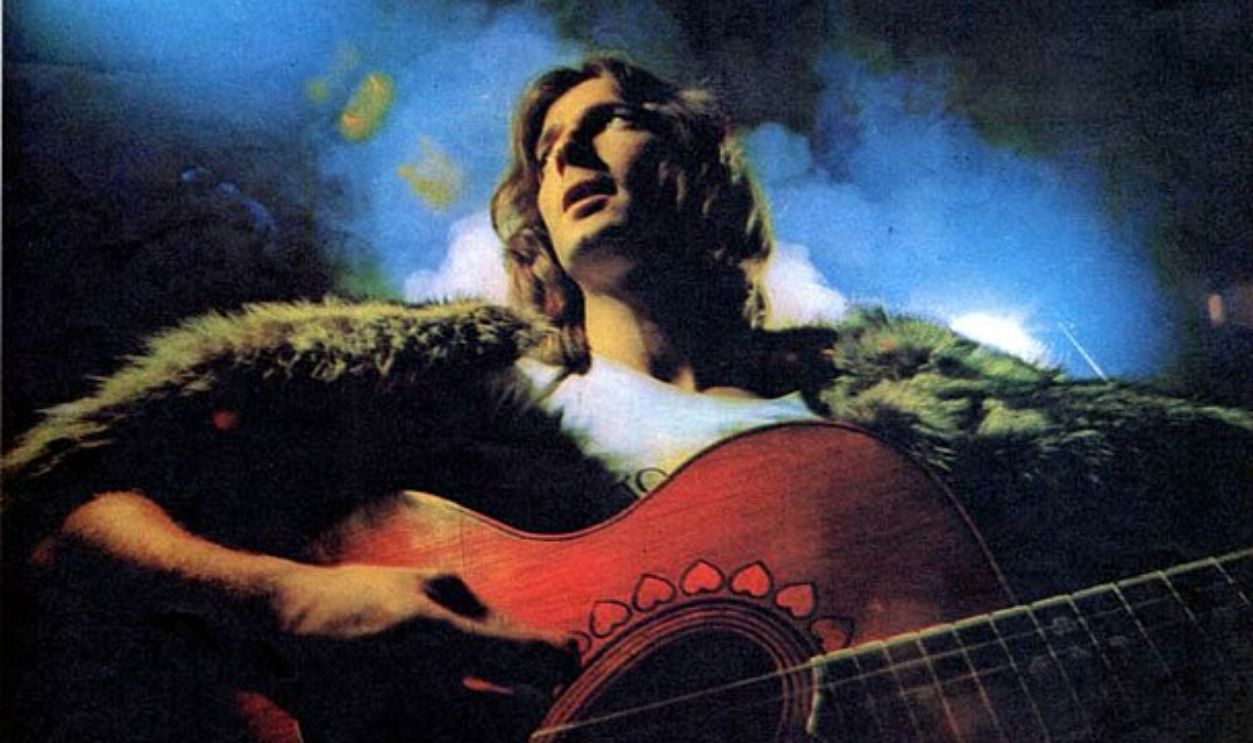 Unknown author, Wikimedia Commons
Unknown author, Wikimedia Commons
Final Thoughts
Eric Clapton’s fixation on Pattie Boyd wasn’t just a love story—it was an emotional earthquake. It shook marriages, friendships and his own sense of self. But it also produced “Layla”, a song that continues to rattle through rock history with the force of a confession shouted into a microphone. It’s a reminder that great art sometimes comes from dark places—and that the line between passion and destruction is thinner than a guitar string.
You May Also Like:
The Greatest One-Album Wonders Of The 80s

